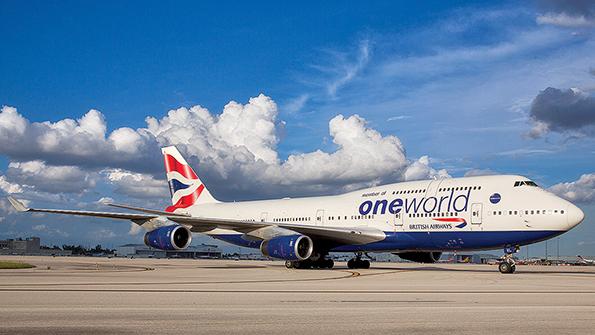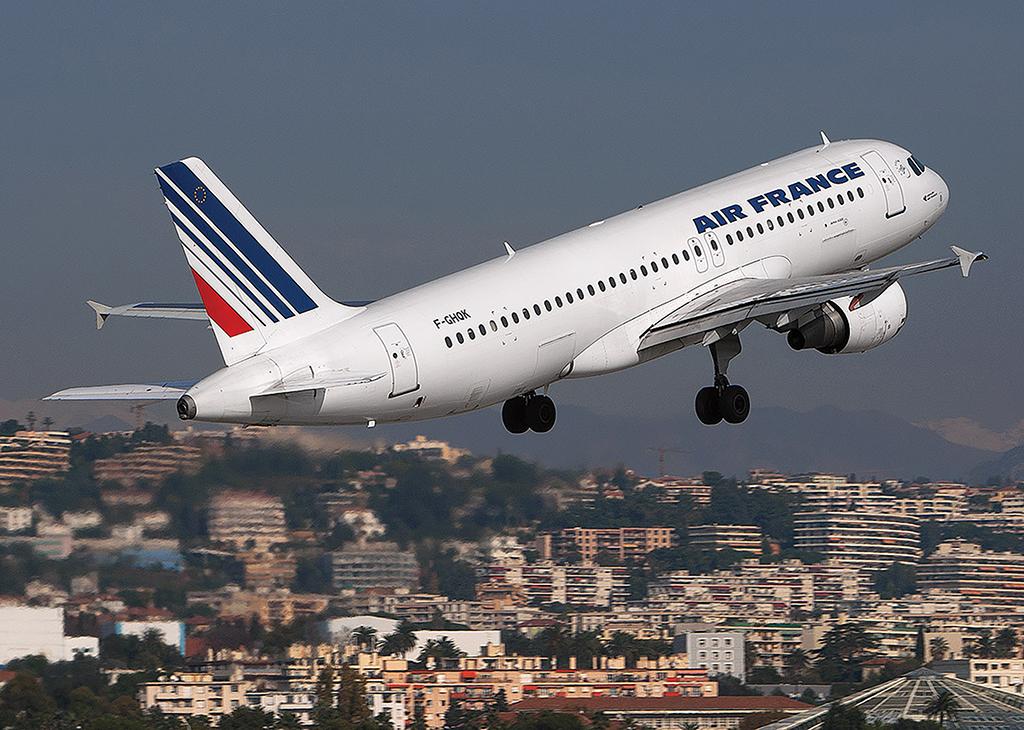
The COVID-19 crisis has changed everything for the airline industry—including attitudes toward the sector’s contribution to climate change. As the recovery gets underway, airlines know they will need to do more than simply carry on with sustainability plans initiated before the pandemic.
The industry’s global answer to the question of how to combat aviation’s contribution to climate change hit the headlines early in the pandemic.
- EU is set to publish a Sustainable Aviation Fuel mandate
- Critics say the Corsia offset scheme is not effective
- COVID-19 crisis adds urgency to emissions-reduction efforts
As air traffic slumped, airlines called for easing the baseline emissions-reduction target incorporated in the International Civil Aviation Organization’s (ICAO) Carbon Offsetting and Reduction Scheme for International Aviation (Corsia) to reflect the sudden drop in emissions caused by the pandemic. And ICAO agreed in June 2020 to set 2019 emissions as the offset target for its initial three-year phase instead of the planned average of 2019 and 2020 figures, lightening the short-term burden for airlines devastated by the crisis.
The program requires the offset of any emissions above the baseline so that participating airlines will be carbon-neutral beyond the baseline year.
But the change drew criticism from environmental campaigners who said it weakened the scope of a scheme that they see as already seriously flawed.
Corsia development is continuing, but doubts are growing—both within the industry and among environmentalists—about how much of an effect Corsia can really have.
“Offsetting on its own is going to be insufficient, if only because the intangible mood music, whether from politicians or the public, is going to get louder about the perceived issue of aviation,” says John Strickland, director of JLS Consulting.
Jo Dardenne, aviation manager at European environmental lobby group Transport & Environment, which favors emissions caps and trade schemes over offsetting, agrees. “Fundamentally, it is not a scheme that is encouraging real in-sector emissions reductions,” she says. “It’s not in line with the principles of the Paris Agreement either, because the Paris Agreement says that all sectors of the economy are meant to reduce their emissions.
“Having Corsia as it stands today is a distraction from effective policies at a regional level,” Dardenne adds. “Regional, bilateral cooperation would provide more benefits in terms of CO2 reductions than Corsia.”
Bertrand Piccard, co-founder of the Solar Impulse project, which culminated in sun-powered flights around the world in 2015-16, has more recently been promoting new technologies to combat climate change.
Piccard has expressed support for the principle of carbon offsets in commercial air transport but has also urged the aviation sector to move faster against climate change.
Asked if Corsia’s goals were ambitious enough, Piccard tells Aviation Week: “Honestly, no. And the aviation industry suffers from being seen as not willing to do as much as the others to fight climate change. . . . People understand Corsia as a way to take aviation out of the Paris Agreement.”
Corsia is “what happens when the convoy has to sail at the speed of the slowest ship,” says Patrick Edmond, managing director of Altair Advisory. “The challenge is how more ambitious countries or entities, such as the EU, can move forward without being shackled to Corsia’s lack of ambition.”
Some in the industry do see positives in the Corsia scheme, however. “We need a global framework,” said British Airways CEO Sean Doyle on April 26 as part of an online interview organized by Eurocontrol. “I think Corsia is a start rather than an end. And we need to work as an industry to make it more effective. . . . I think we need to be proactive in telling our story and take the initiative rather than have the initiative taken for us.”
British Airways itself is betting on sustainable aviation fuels (SAF): Its parent company, International Airlines Group (IAG), has pledged to power 10% of its flights with SAF by 2030, purchasing 1 million metric tons of sustainable jet fuel per year thereby cutting its annual emissions by 2 million metric tons by 2030.

The airline group is also investing $400 million in the development of SAF in the next 20 years, including through partnerships with SAF developers LanzaJet and Velocys and plans for Europe’s first household waste-to-jet fuel plant in the UK, which will start operations in 2025.
Piccard sees offsets as just one of the three leads that aviation should follow simultaneously, along with implementing every available fuel-saving technology and working on new propulsion techniques and alternative fuels. Immediately adopting continuous descent approaches and electric tugs at airports would offset the remaining emissions and would make aviation carbon-neutral overnight, Piccard says, with the cost of compensation included in ticket prices. “This would add only a few euros for a short-haul flight, which is negligible compared to the image improvement vis-a-vis citizens and the politicians who attack the industry,” Piccard says.
Although that scenario is still far off, on a regional level, other aviation sustainability initiatives beyond Corsia are increasingly dominating the discourse.
In March, Airlines for America (A4A), the industry trade organization representing major U.S. airlines, said its members were committing to work across the aviation industry and with government leaders toward achieving net-zero carbon emissions by 2050.
As part of that commitment, A4A carriers pledged to collaborate with the government and other stakeholders toward a rapid expansion of the production and deployment of commercially viable SAF to make an annual 2 billion gal. available to U.S. aircraft operators by 2030.
SAFs have also come to the fore in Europe, and the European Commission is set to publish a new framework on their use in the coming weeks, most likely in June. The framework is set to include a mandate requiring airlines to include a minimum proportion of SAF in their fuel mix, a step that environmental campaigners say represents a concrete step toward emissions reductions.
The SAF framework was due to be published earlier this year but is now most likely to be published in June, as part of broader measures linked to the European Green Deal, the ambitious plan to make the EU carbon neutral by 2050. “The big test for Europe is to make sure that the legislation that’s going to be published imposes a green-fuel mandate and actually effectively prices emissions once the [COVID-19] crisis recedes,” Dardenne says. “Making sure that you know you price pollution in a way that helps or incentivizes the development of these new sustainable fuels, combined with a mandate to use these fuels, is the perfect example of an effective policy to regulate aviation emissions.”
In the longer term, Edmond, who says Corsia will rapidly lose relevance, expects that the industry and authorities will turn to a raft of emissions-cutting measures beyond Corsia—investments in future technologies such as electric and hydrogen, a sustainable fuel-blending mandate, research into e-fuels, as well as a carbon tax—while still presenting a plan of action that is compatible with the scheme.
Meanwhile, the state aid that airlines called for and received to survive the pandemic has directed attention toward sustainability.
In France, multibillion-euro state aid for Air France-KLM came with conditions imposed by the French government, including reducing domestic flights. And the long-debated idea of imposing a Europe-wide aviation fuel tax has once again been floated, while some member states are taking unilateral steps.
“Now that we have all these bailouts, I think governments in the EU have more of an incentive to make sure that the recovery is sustainable and that the airlines and the aviation sector recovers in a way that’s in line with the climate targets,” Dardenne says.
Strickland also sees momentum building: “It does look to me as if the pace is picking up in the industry in a proactive way, particularly with regard to SAF and measures that could have immediate short-term benefits such as Single European Sky,” he says. “There’s an urgency to take other actions more quickly and more decisively. The [COVID-19] crisis acts as a catalyst for that.”


